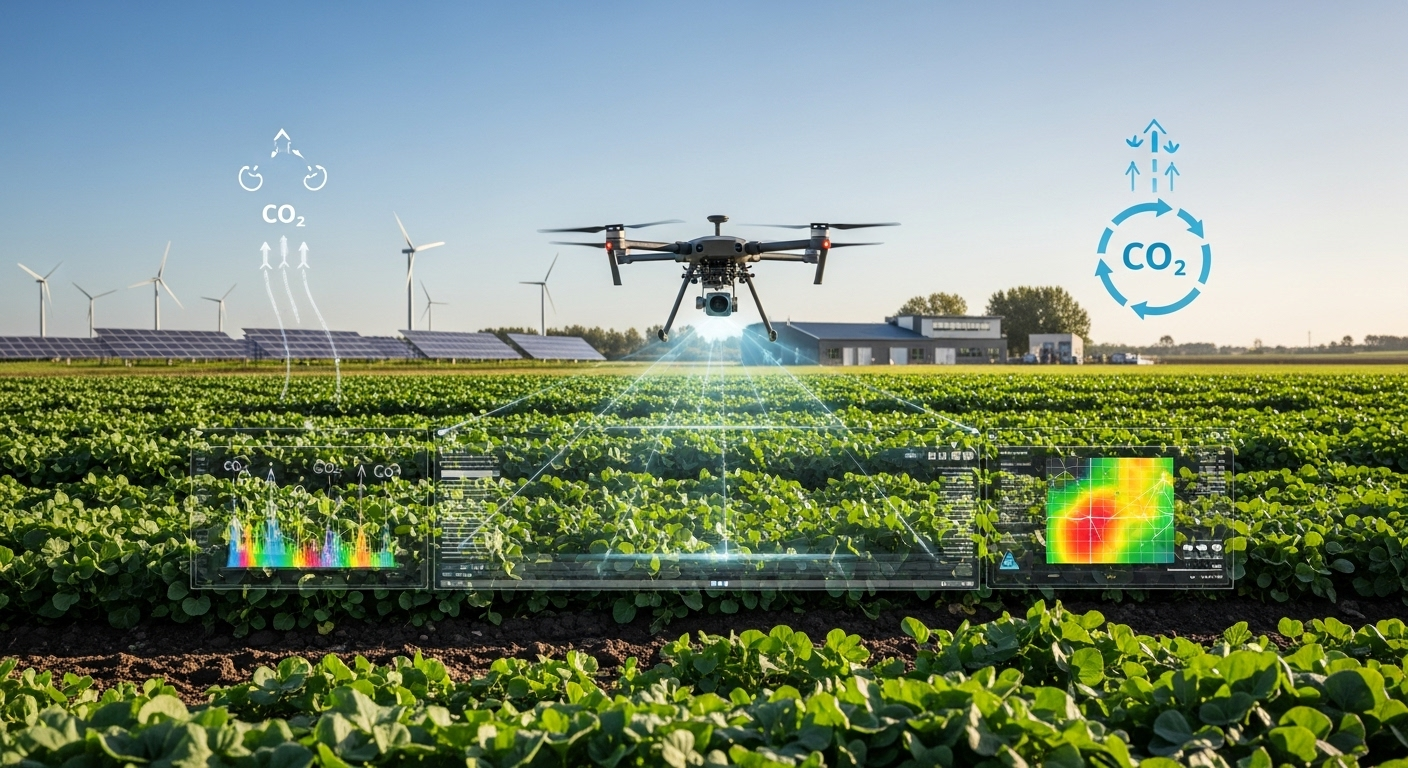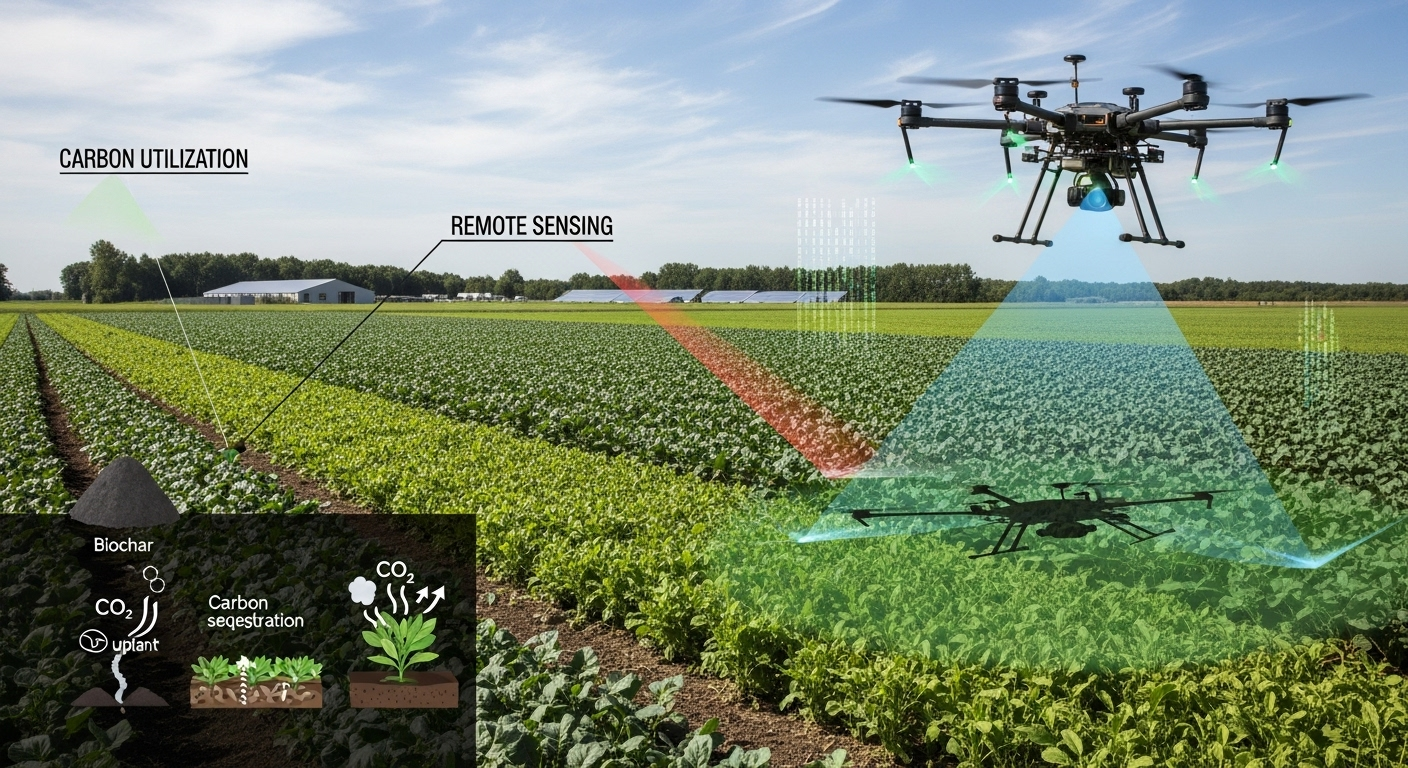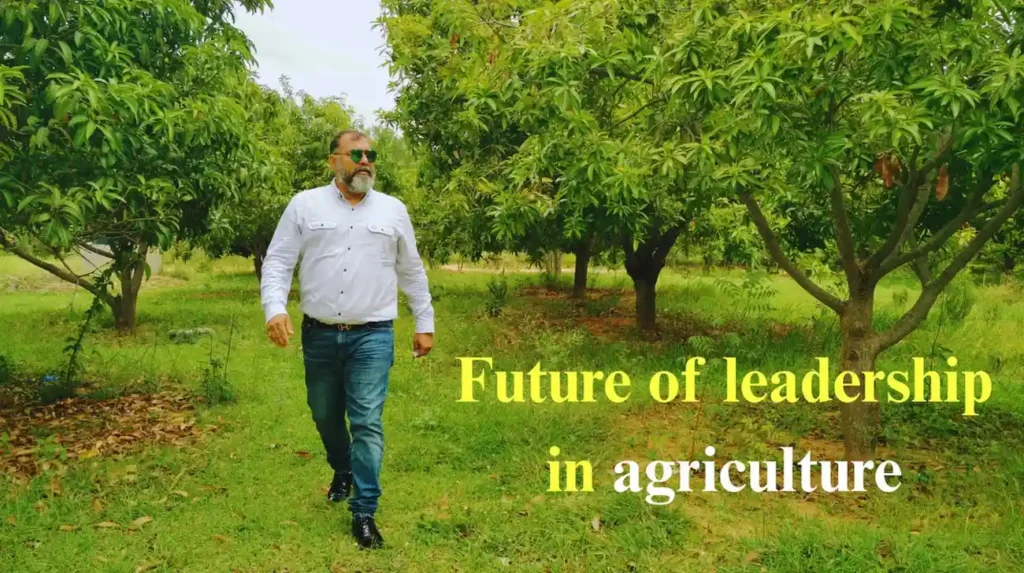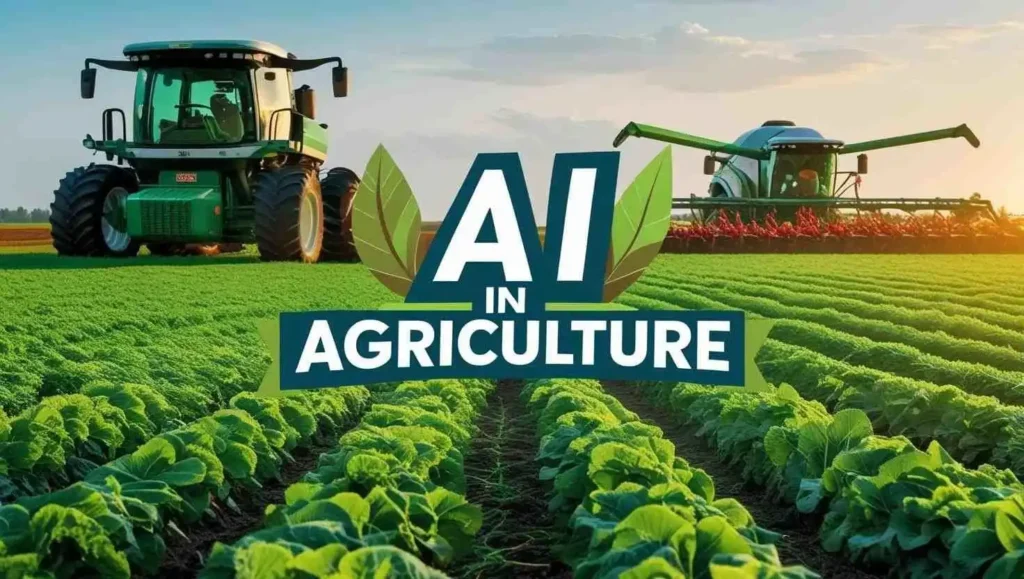Carbon Utilization & Remote Sensing in Modern Organic Farming
Let’s talk bout Carbon Utilization and Remote Sensing in Modern Organic Farming. Organic farming is the foundation of the modern agricultural setup, where the farming sector is thriving with new organic inputs and cultivational culture. Organic farming is, rest assured, the best policy inculcated in the agricultural periphery. It is equipped with new, modernized technical farming techniques.
Carbon farming is a technique of agricultural practices aimed at enhancing carbon sequestration in soil and vegetation, hence reducing greenhouse gas emissions, particularly CO2 in methane.
Utilization Carbon Farming Technique:
Carbon farming refers to managing land and arranging agricultural practices in a defined manner to maximize the amount of carbon stored in the soil and vegetation while minimizing and limiting greenhouse gas emissions, specifically carbon dioxide and methane. It helps in mitigating climate change but also increases soil health and agricultural productivity.
Carbon is found in living organisms and many minerals. It is fundamental to life on earth and plays a critical role in various process, which involves photosynthesis, respiration, and the carbon cycle.
Farming is a process of cultivation, raising crops, fiber, or other resources. It encapsulates a wide range of activities, from planting and harvesting crops. Carbon farming amalgamates into two concepts. It does so by implementing regenerative agricultural practices to restore ecosystem health while improving productivity to enhance carbon storage and reducing greenhouse gas emissions.
Carbon Utilization Technique In Farming Periphery
Working with agroforestry, conserving agriculture, integrated nutrient management, agroecology, and land restoration. There are many techniques, such as zero tillage, crop rotation, cover cropping, and crop residue management will help to minimize soil disturbance and enhance the organic content.
There is integrated nutrient management practices promote soil fertility and reduce emissions by using fertilizers and compost.
The carbon loss from the soil is due to the removal of plant parts containing carbon through the process of harvesting. When the land utilization changes, the carbon increases or decreases about half of the soil carbon is found within deep soils. The goal of agricultural carbon removal is to use the crop and its relation to the crop cycle to sequester carbon within the soil.
The goal of agricultural carbon removal is to use the crop and its relation to the crop cycle to sequester carbon within the soil.
Remote Sensing in Modern Organic Farming

Remote sensing has the capacity to assist and handle the adaptive evolution of agricultural practices to face the major challenges, by providing repetitive analyses on crop status throughout the season at different scales and for different actors. The application of Remote Sensing in Modern Organic Farming plays a crucial role in the evolution of farming practices.
It helps to address various shortcomings by providing real-time information about crop status at different stages throughout the growing season. Remote sensing and agriculture go side by side. The basic operation of this technology, using UAVs, satellites, and other platforms.
Agriculture is one of the most significant land use activities globally. Altering land cover, agriculture has having everlasting impact on the sustainable development of the social economy, the carbon cycle. There are various types of remote sensing used in agriculture. Remote sensing can aid in the formulation of sustainable agriculture development policies and the circulation of the carbon cycle.
The application of remote sensing in quantifying the crop health status is trending sensor can serve as an early warning system for countering climate conditions. Remote sensing reduces the amount of field data collection and improves the precision of the estimate.
Sustainable Farming Technique:
Few sustainable farming methods help promote environmental health, economic profitability, and social and economic equity. Sustainable agriculture is beneficial for both environmental and crop health. To consume healthy food, sustainable agriculture. It helps in maintaining a healthy diet and consumption of food.
- IPM method: It deals with pest management systems, where pest intervention by pests is the most common part in an agricultural setup, but it is also very dangerous. One tool that is relevant in IPM is an agricultural sprayer.
- CROP ROTATION: means to grow different types of crops in the same area, which helps in retaining soil fertility and controlling pests. Crop rotation also decreases the risk of crop failure due to pests.
- SOIL MANAGEMENT: Healthy dirt and productive farming are the need of the hour. This helps in preserving and restructuring the soil formulation, reducing erosion, and improving the health of the soil.
Climate Smart Farming:
CSA is a transformative agricultural practice to enhance resilience, increase productivity, and reduce greenhouse gas emissions to deal with climate change. It is all about transforming and reorienting agricultural development under the new periphery of climate change. Agriculture that sustainably increases productivity, enhances resilience, mitigates various associated problems, and enhances food security and developmental goals.
Conclusion
Carbon farming is a mechanical technique of transforming carbon farming is a farming to optimize carbon capture in the working landscape by implementing practices that are hour to improve the co2 is removed from the atmosphere and store it in plant material or soil organic matter.
The Carbon Cycle has developed a model framework for land management that emphasizes carbon as the organizing principle, which builds agricultural resilience and mitigates climate change.
Carbon farming practices are new management practices that are known to sequester carbon to reduce greenhouse gas emissions. It improves soil health and sequesters carbon, enhances soil water holding capacity, biodiversity, and resilience.



